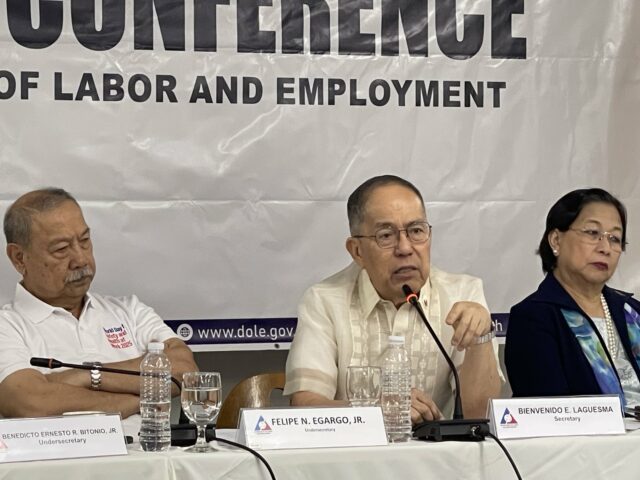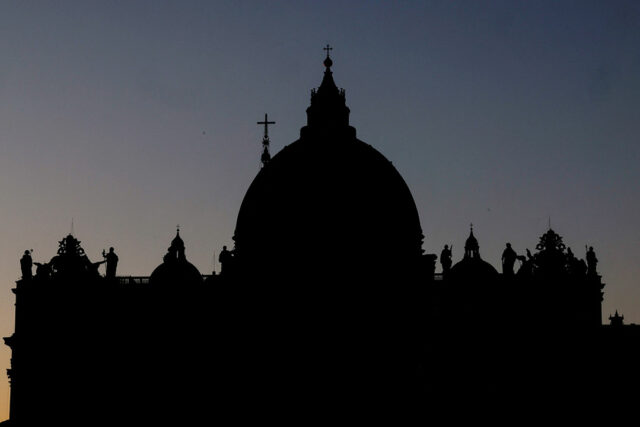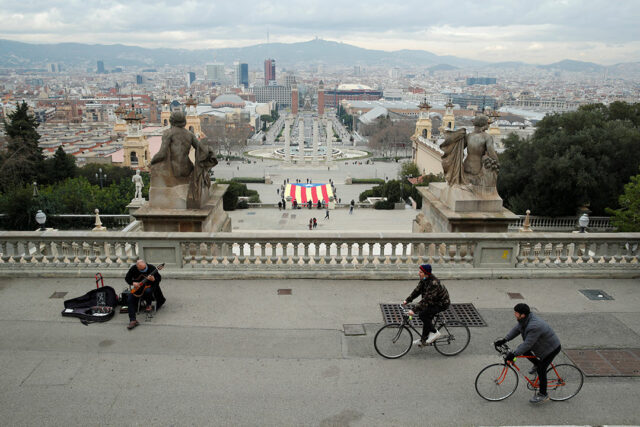Korean Joo takes Tour crown after harrowing Baguio stage
BAGUIO — In the much-awaited return of the fabled summer cycling spectacle that fittingly had everything including an epic ending, South Korean Joo Dae Young summoned his last will and remaining strength to rule the MPTC Tour of Luzon: Great Revival.
Valiantly doing just enough in the 177.54-km eighth and final stage that started in Lingayen and ended here in Camp John Jay on Thursday, the 27-year-old two-time Korean national champion capped his triumph against time, elements and a worthy local challenge in snaring the crown in the 1,074-km, eight-stage race.
The Gapyeong Cycling Team skipper did just enough in the killer Baguio ascent where he finished 22nd in the lap won by an unheralded Joshua Pascual of Excellent Noodles in four hours, 16 minutes and four seconds, or 5.17 minutes faster than the former.
Mr. Joo had to battle a busted rear tire at the foot of the mountains of Benguet where he saw his 2.10-minute lead vanish in thin air to eager beaver Mervin Corpuz of Metro Pacific Tollways Drivehub, who rode hard in seizing the provisional lead in the first 150-km stretch.
But Mr. Joo fought back and raced like the wind while Mr. Corpuz had nothing left in the tank in the ascent and faded.
The Korean then fended off a last-gasp attempt by Standard Insurance and former many-time Ronda Pilipinas champion Jan Paul Morales to steal the crown by finishing second in the stage.
Mr. Joo emerged No. 1 with an aggregate time of 22:21:08, or just six seconds ahead of the battle-scarred 39-year-old Navy man from Calumpang, Marikina, who settled for the second in 22:21:14.
It was one of the closest races in Tour history and for Mr. Joo, who was left with just one active teammate in this stage after the rest fell one after another, he just didn’t give up.
“I didn’t think of the yellow jersey, I just keep going,” said an ecstatic Mr. Joo, who gamely signed autographs and posed for photos for fans at the finish line.
For this feat, Mr. Joo pocketed P1 million, half of which came straight from the pockets of MVP Group of Companies chairman Manny V. Pangilinan.
Asked about the possibility of returning and defending his title next year, Mr. Joo could only shake his head at the thought of climbing Baguio again.
“I don’t want (to return) Baguio one more time,” he said with a smile.
For Mr. Morales, who was nursing bruises and hurt ribs he sustained during a Stage One crash in Paoay, Ilcoos Norte, it meant he isn’t hanging up his bike just yet.
“I said if I won here, I would retire. I’m just second so I’ll return,” said Mr. Morales, who settled for a runner-up purse worth P500,000.
Jonel Carcueva of MPTD had a third place finish in Baguio to leap frog from sixth before the final lap to a third place effort overall in 22:22:00 that earned the Cebu native P350,000.
Rounding out the top 10 were Victoria Sports’ Nichol Pareja (22:22:02), Standard’s Jeremy Lizardo (22:23:40), 7-Eleven’s Rench Michael Bondoc (22:24:15), Go for Gold’s James Paul Ryan Escumbien (22:24:42) and Jay Jericho Lucero (22:24:50), Standard’s Ronald Oranza (22:24:52) and MPTD’s Rustom Lim (22:25:05).
While Mr. Joo basked in triumph, Mr. Corpuz could only grimace in disappointment as he came close to accomplishing what his uncle, Santy Barnachea, achieved in the past — win a Tour crown — as he wound up 21st overall after occupying second after Stage Seven.
It just wasn’t meant to be.
But if there’s any consolation, Mr. Corpuz’ would get an equal share of from MPTD, which sideswiped Standard Insurance from the top to snatch the team crown and the P1-million purse that went with it.
MPTD clocked 88:22:02 as against Standard’s 88:22:13. — Joey Villar












